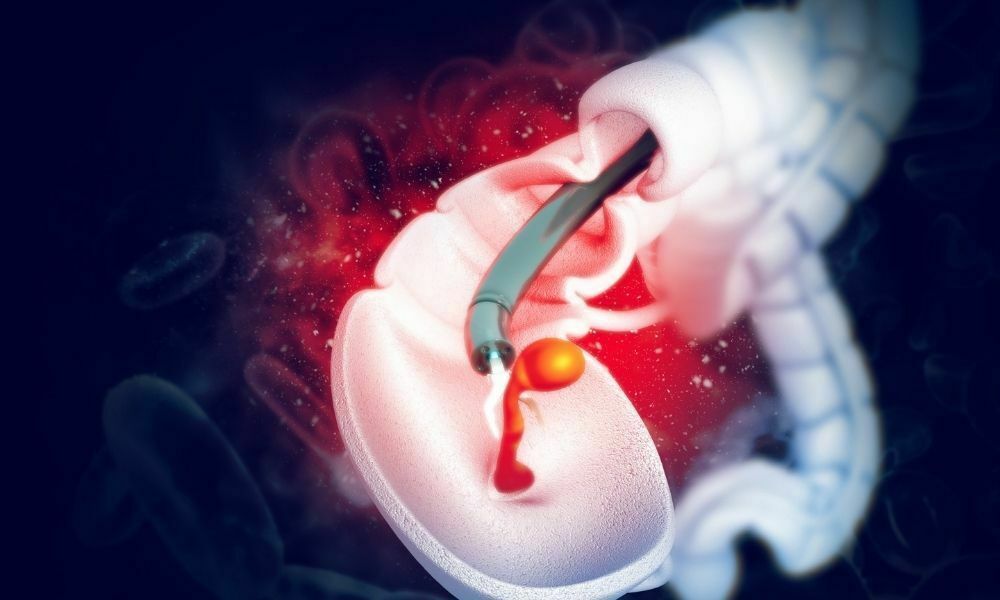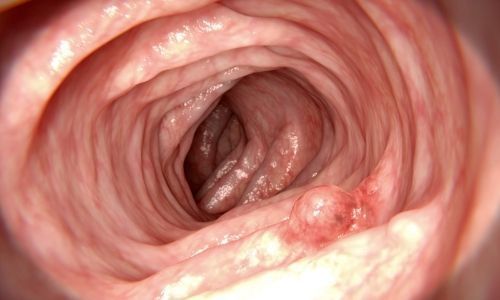- Corporate
- Clinic
- Diseases
- Digestive System Diseases
- Bad Breath
- Gastroesophageal Reflux
- Achalasia
- Esophageal Strictures
- Esophageal Cancer
- Eosinophilic Esophagitis
- Dyspepsia
- Gastritis
- Helicobacter Pylori
- Stomach Ulcer
- Stomach Cancer
- Gluten (Celiac)
- Diarrhea
- Constipation
- Anal Fissure
- Crohn’s Disease
- Ulcerative Colitis
- Colon Polyps
- Colon Cancer
- Hemorrhoids
- Irritable Bowel Syndrome
- Liver and Bile Tract Diseases
- Pancreatic Diseases
MenuMenuMenuMenuMenu - Digestive System Diseases
- Endoscopic Procedures
- Contact Us
- Corporate
- Clinic
- Diseases
- Digestive System Diseases
- Bad Breath
- Gastroesophageal Reflux
- Achalasia
- Esophageal Strictures
- Esophageal Cancer
- Eosinophilic Esophagitis
- Dyspepsia
- Gastritis
- Helicobacter Pylori
- Stomach Ulcer
- Stomach Cancer
- Gluten (Celiac)
- Diarrhea
- Constipation
- Anal Fissure
- Crohn’s Disease
- Ulcerative Colitis
- Colon Polyps
- Colon Cancer
- Hemorrhoids
- Irritable Bowel Syndrome
- Liver and Bile Tract Diseases
- Pancreatic Diseases
- Digestive System Diseases
- Endoscopic Procedures
- Contact Us
Hızlı Randevu
0(543) 254 1144




 Your doctor will decide when the next colonoscopy should be done. Various factors will affect the timing, such as the number and size of the polyps removed, the type of polyp, and the presence of colon cancer in your family.
If the polyps are small and your colon has been cleaned well and can be thoroughly examined during the colonoscopy, it is usually recommended to repeat the colonoscopy after three years. If your repeated colonoscopy does not show any signs of polyps, it means that no additional procedure is required for the next five years.
Your doctor will decide when the next colonoscopy should be done. Various factors will affect the timing, such as the number and size of the polyps removed, the type of polyp, and the presence of colon cancer in your family.
If the polyps are small and your colon has been cleaned well and can be thoroughly examined during the colonoscopy, it is usually recommended to repeat the colonoscopy after three years. If your repeated colonoscopy does not show any signs of polyps, it means that no additional procedure is required for the next five years.





